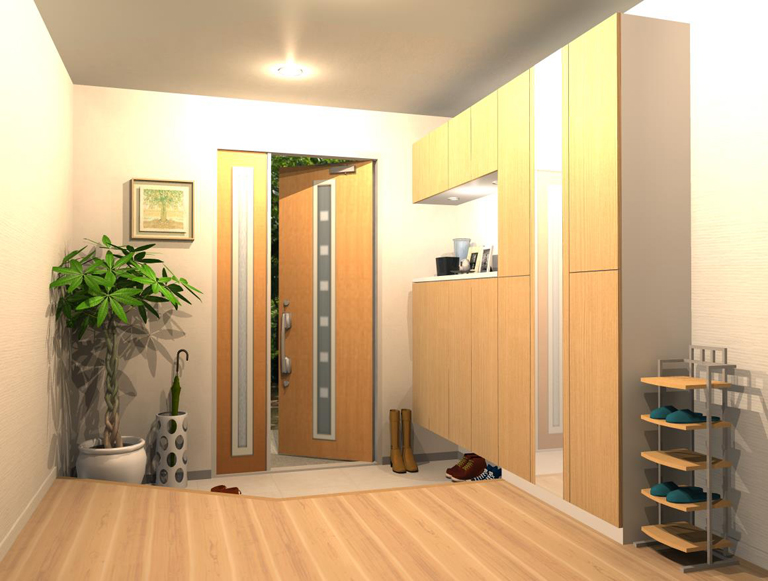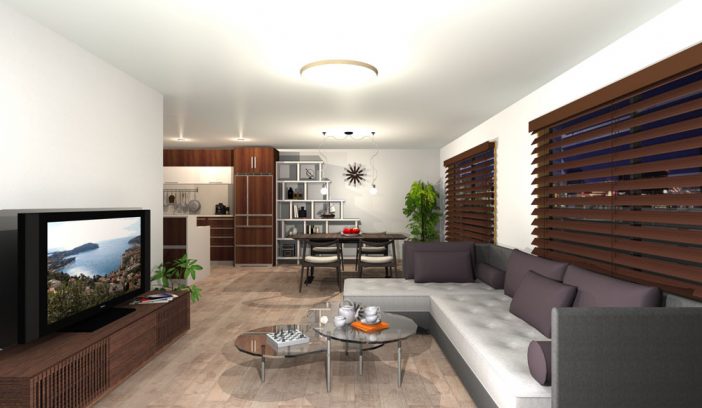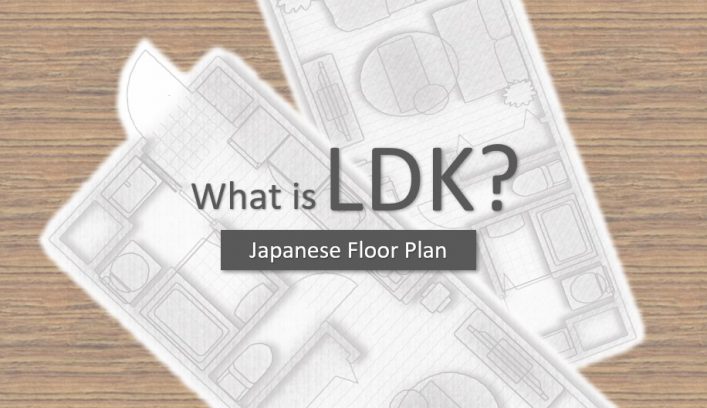The Japanese Home
Introducing unique architectural features and designs
influenced by Japanese culture.
Japanese Home Entrance
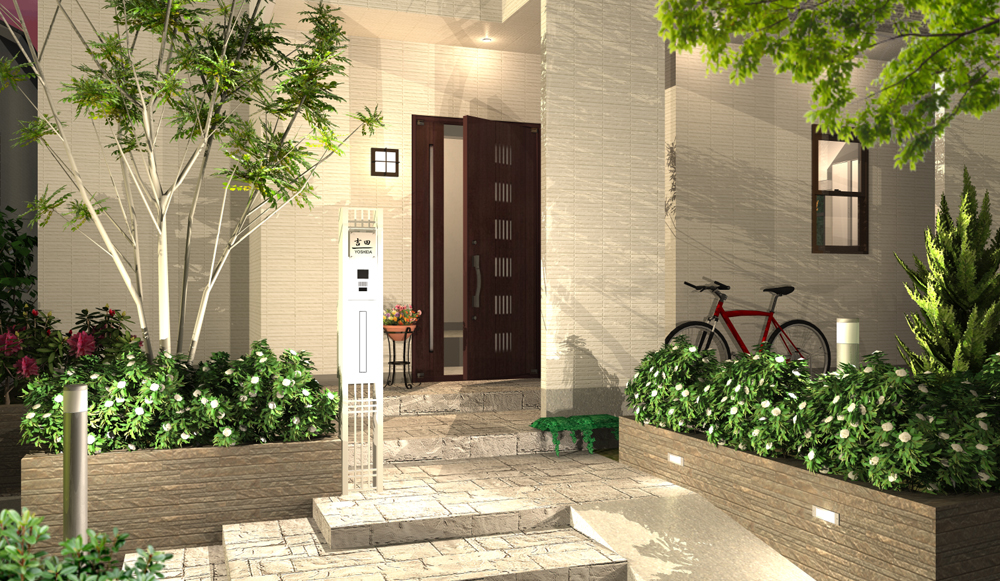
April 20. 2021
An “Entrance” is the face of a house.
In Japanese, an entrance could be called Genkan.
Knowing about Japanese house entrances will be helpful when you visit for the first time.
Let’s start from the outside, as if you are actually visiting a single-family Japanese house.
Three items that are always at the front door in Japan
If you stand in front of a Japanese house, you may find a fence or a gate in front of the entrance.
Most older houses are surrounded by fences, however, some newer houses do not have them.
Regardless of if it is newer or older, a Japanese house has three features nearby the front door.
> Nameplate with family name engraved
> Mailbox
> Intercom
You may think that posting your family name, which is personal information, by the front door is not secure.
However, it has been a part of Japanese custom and is still quite common to do so.
The owner of a house can customize their nameplate as they like. Design, font, type of letters, size, and color vary.
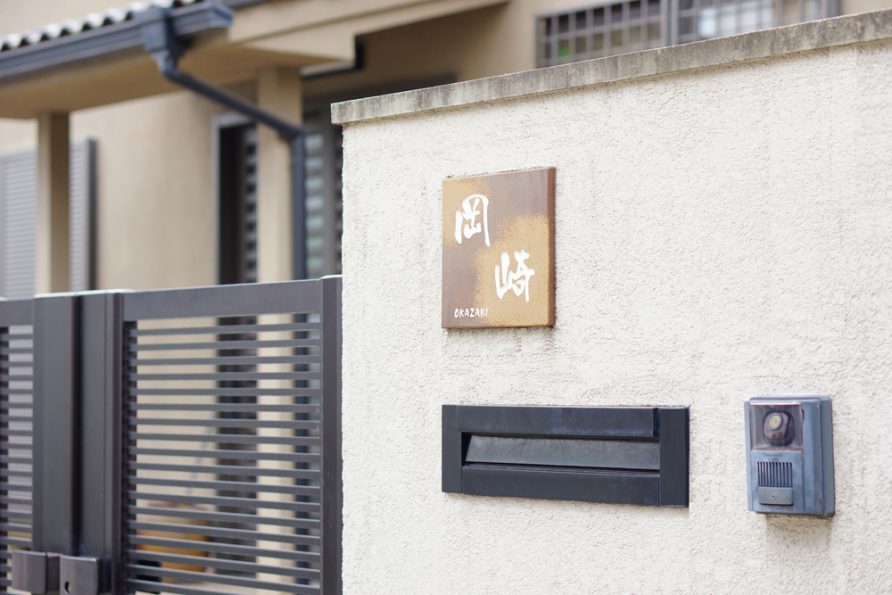
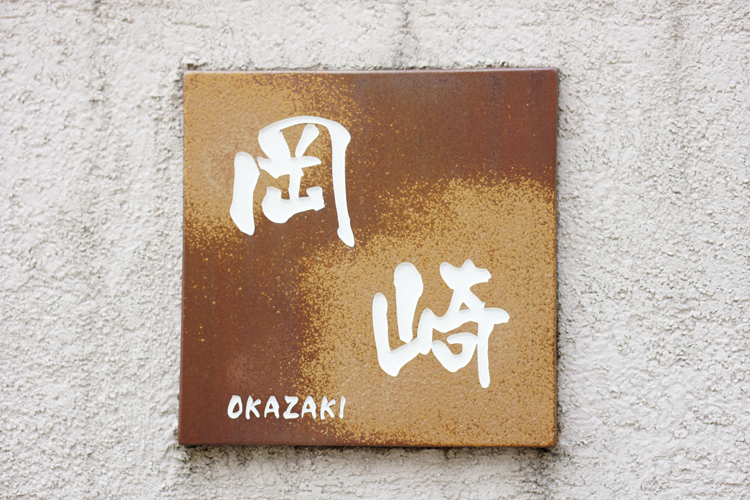
Mailboxes and an intercom for visitors are also common to have.
By the way, some people call an intercom a “Ping-pong” after the sound it makes.
When you visit a Japanese house, first check the name on the nameplate and use the intercom to let them know of your visit.
Some newer intercoms come with cameras and monitors, so you can communicate over the intercom.
After you ring the bell of the intercom, just wait until you hear a response.
If you don’t get a response, assume that they are not available, and do not step in further.
Do not even knock on the front door, unless in an emergency.
Various Japanese entrance doors
There are many variations of Japanese entrance doors, such as single doors, double leaf doors, and sliding doors.
Recently, single doors have become the most common.
There is a unique characteristic in Japanese front doors related to Japanese culture.
The front door usually opens outward, which is opposite of in Western houses.
This is because Japanese people do not wear shoes in the house, they take off and line up their shoes at the entrance.
If the door opens inward, the shoes will be in the way and could cause you to be not able to open the door.
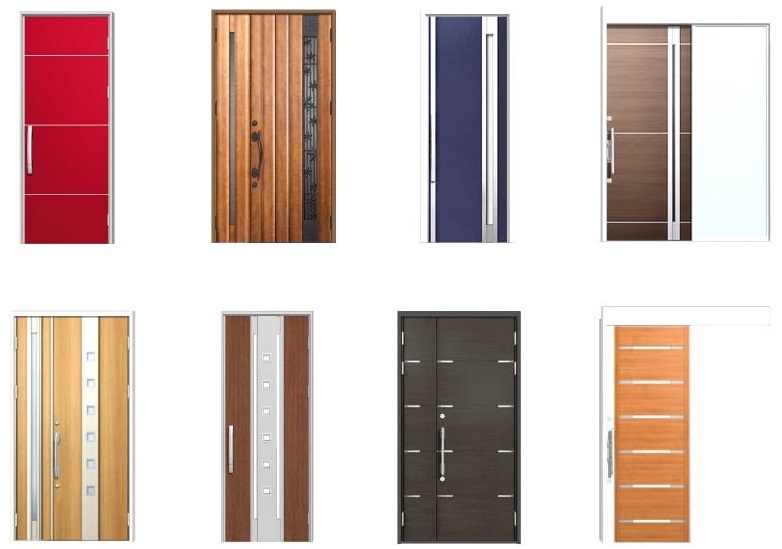
Various types of entrance doors
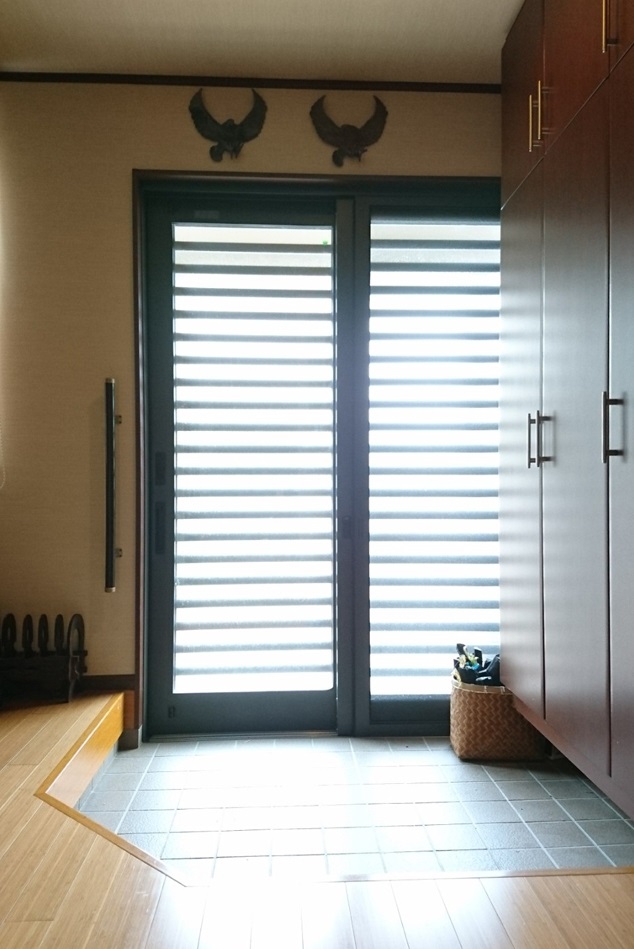
Glass inlaid sliding doors
A sliding door is conscious of the Japanese atmosphere and works well in some cases.
You can save lots of entrance space, and if glass inlaid sliding doors are installed, it will allow sunlight to brighten up the room during the day.
Take off your shoes at the entrance and go indoors
Most Japanese house entrances have a step called “Agari-Kamachi”.
You see steps about 30 cm off the floor in old traditional Japanese houses. For a modern Japanese house, the step is about 15 to 18 cm high for a single-family home or less than 11 cm high in a multi-family residential.
Having a step in the entrance means you can sit down and take off your shoes easily, it also prevents sand and dirt from entering the room
Japanese people feel at home when they take off their shoes at the entrance.
Also, the entrance is a place between public and private. Therefore, an entrance is an important space for Japanese people.


